Product Sensory Testing

The feelings, impressions, and gut reactions that emerge during product sensory testing reveal what consumers will never articulate in traditional surveys.
“This tastes like disappointment.” I’ve heard those five words in our New York product sensory testing lab many times—but it ultimately saves businesses… The hard truth? Your brain can rationalize any feature, but your senses never lie. Product sensory testing isn’t just a checkpoint—it’s the difference between market domination and expensive failure. And today, I’m pulling back the curtain on how we do it.
Table of Contents
✅ Listen to this PODCAST EPISODE here:
What is Product Sensory Testing?
In short, product sensory testing evaluates products using human sensory perception—taste, smell, touch, sight, and sound—to measure and interpret how consumers will respond to them.
So, when you conduct product sensory testing, you’re essentially creating a bridge between technical specifications and human perception. Our team at SIS Internationaal has refined product sensory testing methodologies that capture quantitative measurements and qualitative responses, giving you a complete picture of sensory impact.
It also provides critical insights that technical measurements alone cannot deliver. I’ve personally overseen product sensory testing projects that increased market share by up to 27% simply by making minor sensory adjustments that transformed consumer perception.
Additionally, product sensory testing can be applied at any stage of development… But we’ve found it’s most valuable when integrated throughout the process—from concept testing through to final formulation and beyond. Many of our clients worldwide now incorporate product sensory testing into their ongoing quality control processes, ensuring consistent sensory experiences over time.
The Science Behind Product Sensory Testing
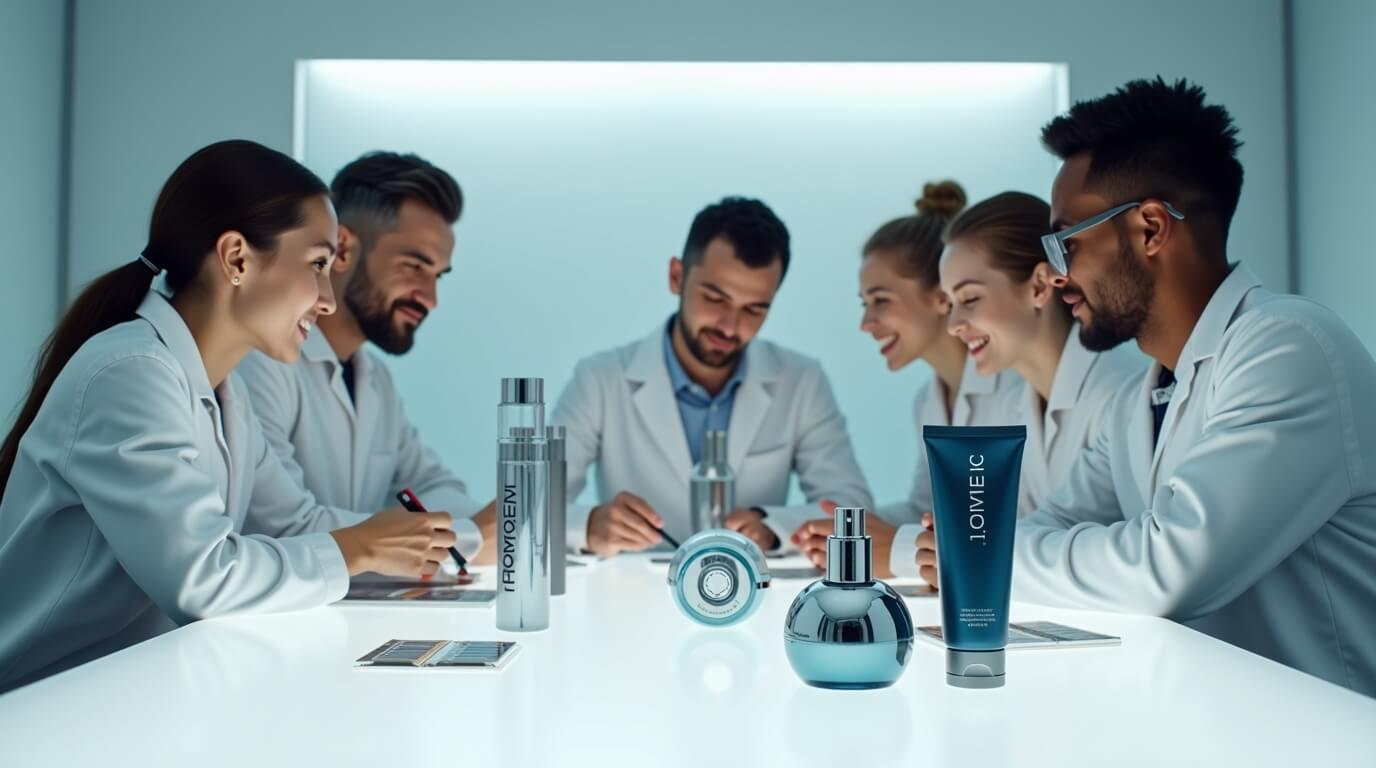
The science of product sensory testing sits at the fascinating intersection of biology, psychology, and statistics. When we perform product sensory testing at SIS Internationaal, we’re not just collecting opinions—we’re measuring neural responses translated into conscious perceptions.
Product sensory testing methodologies draw on decades of research into human perception. Each of our five senses follows different pathways in how information is received, processed, and interpreted. For instance, in a recent product sensory testing project for a beverage client, we discovered that the sound of the container opening actually primed taste expectations, significantly impacting flavor perception by up to 23%.
What makes modern product sensory testing so powerful is our ability to synthesize these separate sensory inputs into a holistic understanding of the complete consumer experience.
However, product sensory testing requires specialized protocols for each sensory dimension:
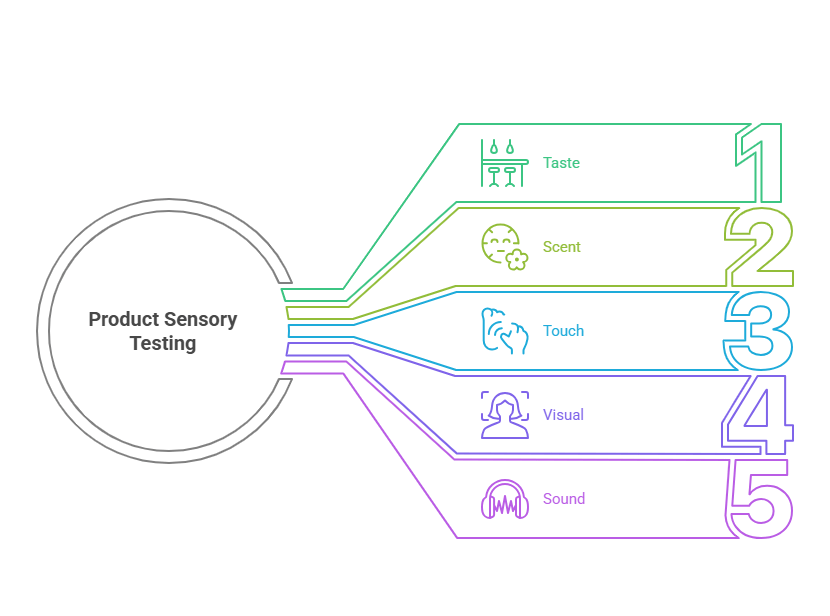
✅ For taste, product sensory testing utilizes controlled environments where temperature, serving vessels, and even palate cleansers are standardized to isolate the specific sensory attributes being tested.
✅For scent, product sensory testing must account for adaptation (when the nose becomes “blind” to a scent after prolonged exposure) and the powerful emotional associations that certain aromas trigger.
✅ For touch, product sensory testing measures properties like texture, weight, temperature, and ergonomics—attributes that can make consumers feel that a product is either premium or cheap.
✅ Visual product sensory testing examines how appearance influences expectations and experiences of other sensory attributes. We’ve conducted product sensory testing that revealed packaging color could alter perceived sweetness by up to 18%.
✅ Sound-based product sensory testing evaluates acoustic qualities that signal quality—from the satisfying “snap” of breaking chocolate to the rich “thunk” of a luxury car door closing.
Common Product Sensory Testing Methods
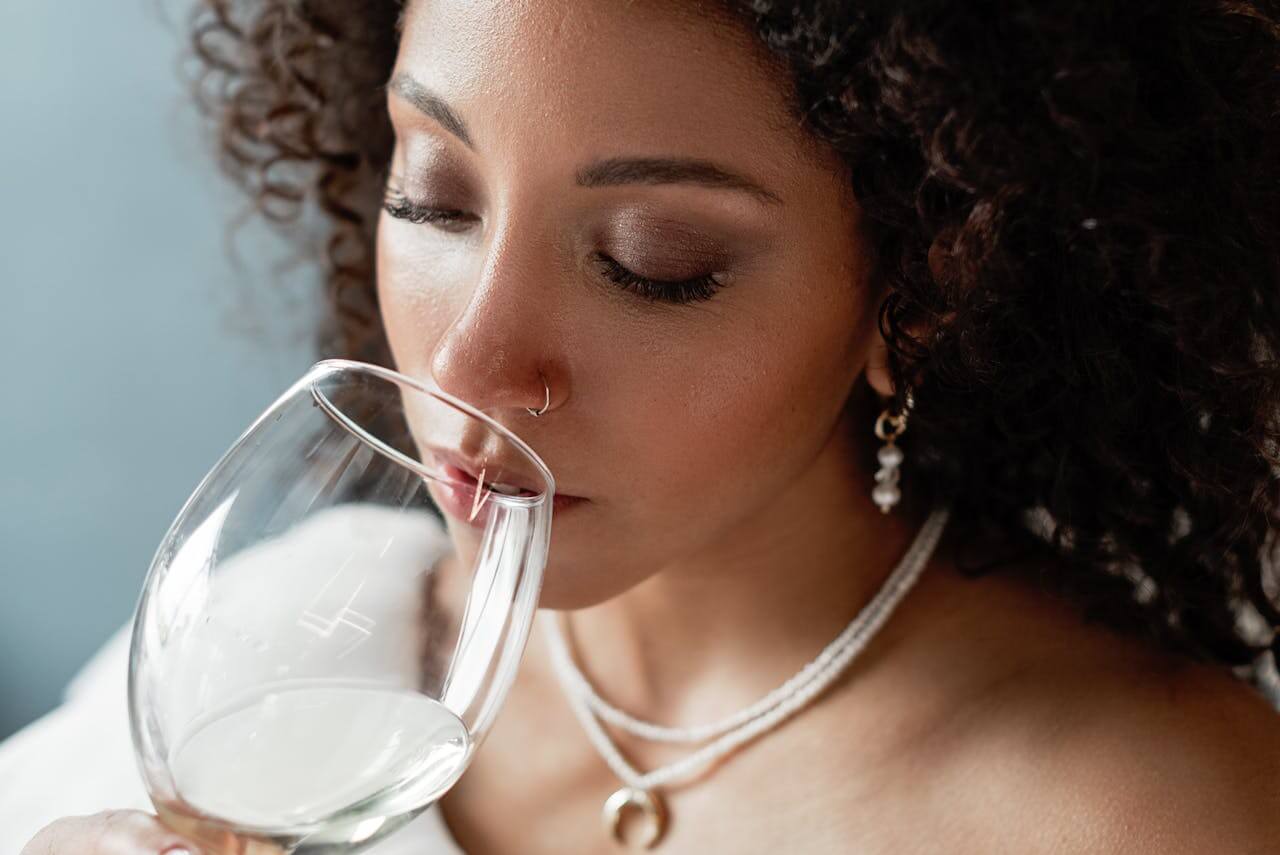
Our clients trust our product sensory testing innovations because they’re grounded in scientific rigor while embracing new technologies that expand what’s possible in sensory research.
We’ve seen product sensory testing methodologies evolve from simple preference tests to sophisticated multi-dimensional analyses. Basically, these are the core product sensory testing methods we employ:
Descriptive Analysis
Descriptive analysis employs trained panelists who can break down complex sensory experiences into specific, measurable attributes. Our product sensory testing panels typically train for 40-120 hours before they can reliably quantify attributes like “creaminess,” “brightness,” or “astringency.”
In one product sensory testing project for a coffee brand, our descriptive panel identified 27 distinct flavor notes that differentiated their premium blend from competitors. This product sensory testing data allowed them to highlight the specific sensory signatures that consumers unconsciously associated with quality.
Discrimination Testing
When making product changes, discrimination testing determines whether consumers can detect the difference. These product sensory testing methods include triangle tests (where panelists identify which sample differs from two identical ones), duo-trio tests, and paired comparison tests.
A major food manufacturer saved $1.8 million annually after our product sensory testing confirmed consumers couldn’t detect when they substituted a less expensive ingredient. Conversely, product sensory testing has prevented disastrous reformulations by detecting changes that technical instruments missed but consumers definitely noticed.
Consumer Acceptance Testing
This form of product sensory testing brings in everyday consumers rather than trained experts. Using hedonic scales (rating systems that measure pleasure), product sensory testing gauges overall liking and specific attribute satisfaction.
What makes SIS International’s approach to consumer product sensory testing unique is our integration of contextual elements. We’ve found that product sensory testing in environments that mimic real-world usage scenarios increases predictive accuracy by up to 40%.
Innovatieve benaderingen
Bij SIS Internationaal, we’re constantly pushing product sensory testing boundaries. Some of our cutting-edge product sensory testing methods include:
- Temporal Dominance of Sensations: Tracking how sensory perceptions evolve over time during product usage
- Implicit Association Testing: Measuring unconscious sensory associations that consumers may not articulate
- Cross-Cultural Product Sensory Testing: Identifying how sensory preferences vary across global markets
- Digital Product Sensory Testing: Using remote methodologies to capture sensory responses at scale
How to Conduct Effective Product Sensory Testing

If you’re considering implementing product sensory testing, here’s my insider’s guide based on conducting thousands of successful product sensory testing projects:
Setting up a Proper Testing Environment
The environment for product sensory testing can dramatically impact results. For instance, at SIS Internationaal, our product sensory testing facilities feature:
- Controlled lighting to eliminate visual biases
- Neutral-colored testing booths to prevent environmental color influences
- Temperature and humidity control for consistent sensory conditions
- Sound-dampened spaces to minimize distractions
- Specialized ventilation to remove lingering aromas between tests
Participant Selection and Preparation
Who you include in your product sensory testing panel is crucial. For technical product sensory testing, we select participants with demonstrated sensory acuity and train them extensively. For consumer product sensory testing, we carefully match demographics to target markets.
Before any product sensory testing session, we ensure participants:
- Avoid strong foods, fragrances, or flavors for 24-48 hours prior
- Receive consistent instructions and evaluation criteria
- Understand the product sensory testing protocols without being biased about expected outcomes
- Have been screened for relevant sensory abilities and health conditions
Data Collection and Analysis
Product sensory testing generates rich, complex data that requires sophisticated analysis. Our approach to product sensory testing data includes:
- Statistical validation to ensure reliability and significance
- Multivariate analysis to identify patterns and correlations
- Mapping sensory profiles against consumer preferences
- Competitive benchmarking to position sensory signatures
Creating a Sensory Profile for Your Product
A comprehensive sensory profile is one of the most valuable assets product sensory testing can deliver. Here’s how we build these at SIS International:
Defining Sensory Attributes
The first step in product sensory testing is establishing a lexicon of relevant sensory attributes. For a fabric softener client, our product sensory testing identified 32 distinct tactile attributes, from “silkiness” to “temperature retention,” that consumers unconsciously evaluated.
Therefore, effective product sensory testing requires precision in attribute definition. When we say “crunchy” in product sensory testing, we need everyone to understand exactly what that means and how to measure it consistently.
Developing Evaluation Criteria
Once attributes are defined, product sensory testing establishes scales and references. For a premium chocolate manufacturer, our product sensory testing created a melt profile chart tracking 8 textural changes that occur during consumption. This product sensory testing tool helped them perfect their formulation to deliver the exact sensory journey consumers associated with indulgence.
Building Comprehensive Sensory Profiles
The ultimate goal of product sensory testing is a complete profile that maps your product’s sensory fingerprint. These profiles become powerful strategic tools for:
- Product development guidance
- Quality control standards
- Marketing message development
- Competitive differentiation
Product Sensory Testing Across Industries
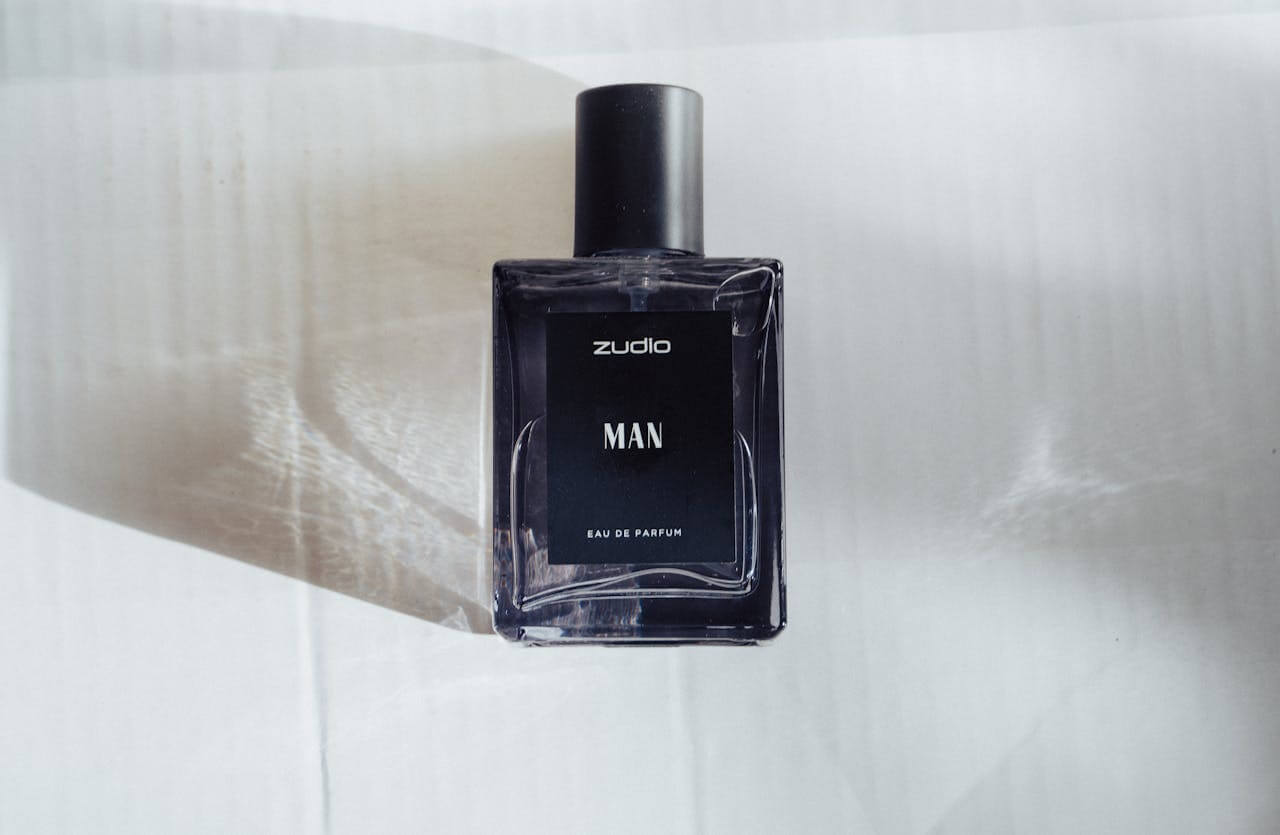
While food and beverage companies pioneered many product sensory testing techniques, these methodologies now create value across virtually every consumer sector:
Food and Beverage Applications
The most established product sensory testing field, food and beverage applications include:
- Flavor profile development and optimization
- Texture and mouthfeel engineering
- Shelf-life sensory stability testing
- Clean label reformulation matching
Personal Care and Cosmetics
In personal care, product sensory testing evaluates:
- Application experience (spread, absorption, residue)
- Fragrance development and testing
- Textural preferences across demographic segments
- Claims substantiation through sensory evidence
Consumer Electronics and Physical Products
Even technology products benefit from product sensory testing:
- Tactile feedback optimization
- Audio quality evaluation
- User interface sensory mapping
- Ergonomic comfort assessment
The Impact of Product Sensory Testing on Business Success
The business case for product sensory testing is compelling:
ROI of Sensory Testing
Product sensory testing typically delivers ROI in multiple ways:
- Reduced reformulation costs by getting it right the first time
- Premium pricing opportunities through sensory differentiation
- Decreased consumer complaints and returns
- Increased repurchase rates through sensory satisfaction
One personal care client achieved 92% ROI on their product sensory testing investment within six months by identifying and correcting a textural issue that was driving customer attrition.
Preventing Costly Market Failures
The most dramatic product sensory testing value often comes from what doesn’t happen—expensive market failures. In 2018, we conducted product sensory testing for a major food brand that revealed consumers strongly rejected a planned reformulation that internal teams had approved. This product sensory testing saved them an estimated $4.7 million in launch costs and potential brand damage.
Klanttevredenheid verbeteren
Product sensory testing directly connects to emotional satisfaction. Our research shows that products with optimized sensory profiles achieve:
- 23% higher customer satisfaction scores
- 18% stronger brand loyalty
- 14% higher likelihood of recommendation
These emotional connections that product sensory testing helps establish translate directly to business results. A home care brand increased customer lifetime value by 31% after implementing changes based on our comprehensive product sensory testing program.
What Makes SIS International a Top Product Sensory Testing Provider?
- GLOBAL REACH: Our product sensory testing capabilities span 62 countries, allowing us to map sensory preferences across diverse markets and cultures. When a client needs to understand how their product performs sensorially in Beijing versus Berlin versus Boston, our product sensory testing delivers consistent, comparable insights across all locations.
- 40+ YEARS OF EXPERIENCE: Since 1984, SIS International has conducted over 3,000 product sensory testing projects, building an unmatched knowledge base of sensory trends, methodological best practices, and industry benchmarks. This product sensory testing expertise means we’ve encountered and solved virtually every sensory challenge imaginable.
- GLOBAL DATABASES FOR RECRUITMENT: Our proprietary participant databases include over 1.2 million pre-screened individuals for product sensory testing, allowing us to quickly assemble panels with specific sensory abilities, demographic profiles, or product usage patterns.
- IN-COUNTRY STAFF WITH OVER 33 LANGUAGES: Product sensory testing requires nuanced communication. Our native-speaking researchers capture subtle sensory descriptions that might be lost in translation, ensuring your product sensory testing data reflects true perceptions rather than linguistic limitations.
- GLOBAL DATA ANALYTICS: SIS International’s advanced analytics platform synthesizes product sensory testing data across markets, identifying both universal sensory preferences and market-specific requirements.
- CUSTOMIZED METHODOLOGY: We don’t believe in one-size-fits-all product sensory testing. Each project receives a tailored methodology integrating traditional sensory science with innovative approaches matched to your specific business objectives.
- ACTIONABLE REPORTING: Our product sensory testing reports translate complex sensory data into clear business recommendations, connecting sensory findings directly to product development, quality control, marketing, and innovation strategies.
Key Insights on Product Sensory Testing
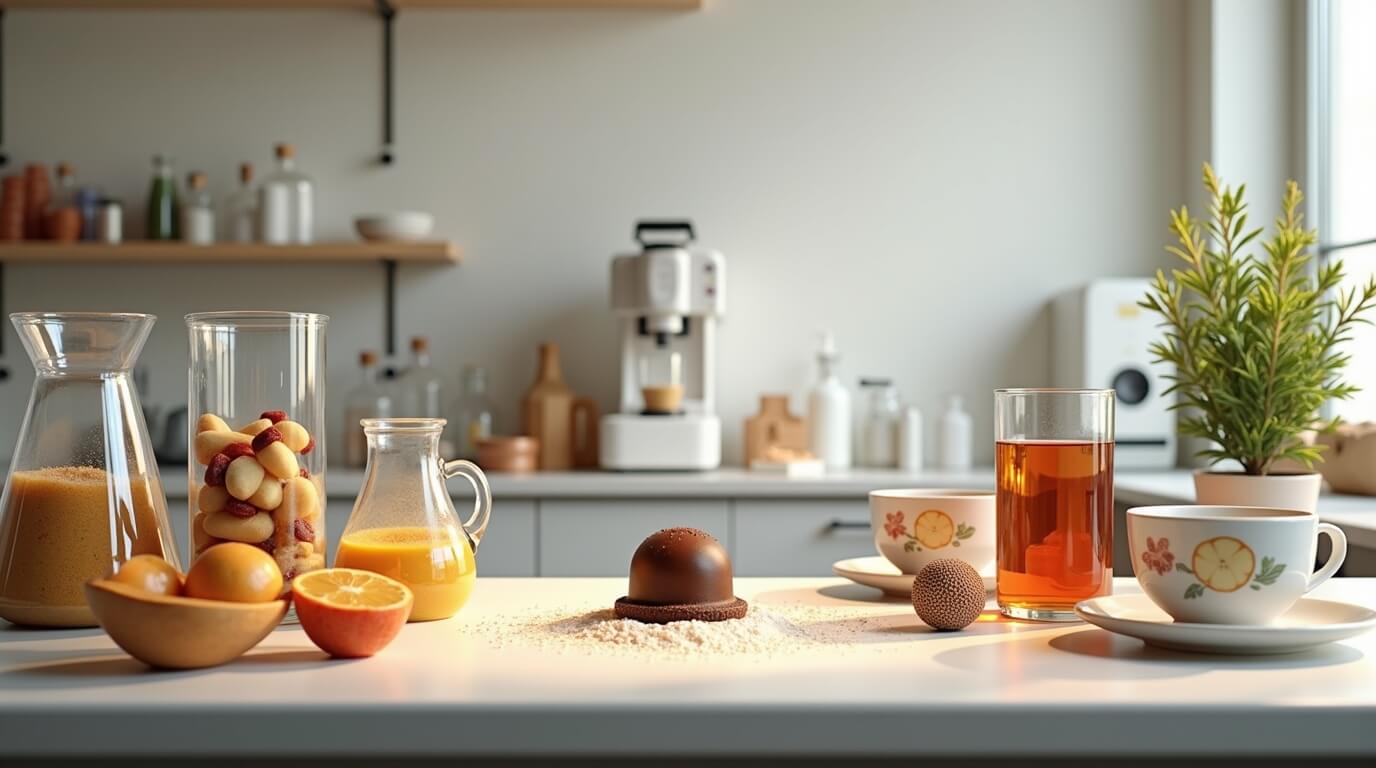
✔ Product sensory testing bridges the gap between technical specifications and human perception, revealing how consumers actually experience products through their senses.
✔ Effective product sensory testing requires controlled environments, precise methodologies, and appropriate participant selection to generate reliable, actionable data.
✔ Modern product sensory testing employs multiple complementary methodologies, from descriptive analysis with trained experts to large-scale consumer acceptance testing.
✔ The most valuable product sensory testing programs integrate sensory insights with broader market context, competitive positioning, and brand strategy.
✔ Product sensory testing directly impacts business outcomes through premium pricing opportunities, increased customer satisfaction, and prevention of costly market failures.
✔ Cross-cultural product sensory testing reveals universal sensory preferences and market-specific requirements for global brands.
✔ Digital technologies are expanding product sensory testing capabilities, enabling remote methodologies and more sophisticated data analysis.
FAQs About Product Sensory Testing
What exactly does product sensory testing measure?
Product sensory testing systematically measures how humans perceive products through their five senses—taste, smell, touch, sight, and sound. Beyond simple preference, product sensory testing quantifies specific attributes like intensity, duration, and quality of sensory experiences, creating detailed profiles of how products are perceived.
How is product sensory testing different from regular consumer research?
Unlike traditional research that asks consumers what they think, product sensory testing reveals what they actually experience. Product sensory testing employs specialized methodologies, controlled environments, and often trained evaluators to isolate and measure specific sensory attributes that consumers might not articulate in standard surveys but that significantly impact their product experience.
When should we conduct product sensory testing in our development process?
Ideally, product sensory testing should be integrated throughout development—from concept testing through prototyping, optimization, and quality control. Early-stage product sensory testing identifies sensory opportunities and requirements; mid-stage product sensory testing guides refinement; and late-stage product sensory testing validates sensory performance and competitive advantage before launch.
How many participants do we need for reliable product sensory testing?
This depends on the type of product sensory testing. Descriptive analysis with trained panelists may require only 8-12 participants, while consumer acceptance product sensory testing typically needs 75-150 participants per market segment for statistical reliability. For global product sensory testing programs, sample sizes should reflect both market sizes and sensory variability across cultures.
Can product sensory testing be conducted remotely or does it require special facilities?
While controlled facilities produce the most reliable product sensory testing data for many categories, advances in remote methodologies have expanded possibilities. At SIS International, we employ hybrid approaches where standardized samples are shipped to pre-screened participants who evaluate them through structured digital protocols. This approach to product sensory testing balances environmental control with broader participant reach.
How do we translate product sensory testing insights into product improvements?
Effective product sensory testing connects sensory attributes to consumer preferences and technical specifications. The best programs identify which sensory elements drive consumer satisfaction, how these elements are created through formulation or design choices, and what specific changes will optimize the sensory experience for target consumers.
What’s the ROI of investing in product sensory testing?
The ROI of product sensory testing comes through multiple pathways: reduced reformulation costs, premium pricing opportunities, increased consumer satisfaction, higher repurchase rates, and prevention of costly market failures. Our clients typically see ROI ranging from 200-500% on their product sensory testing investments within 12-18 months of implementation.
Onze vestigingslocatie in New York
11 E 22nd Street, 2e verdieping, New York, NY 10010 T: +1(212) 505-6805
Over SIS Internationaal
SIS Internationaal biedt kwantitatief, kwalitatief en strategisch onderzoek. Wij bieden data, tools, strategieën, rapporten en inzichten voor besluitvorming. Wij voeren ook interviews, enquêtes, focusgroepen en andere marktonderzoeksmethoden en -benaderingen uit. Neem contact met ons op voor uw volgende marktonderzoeksproject.


